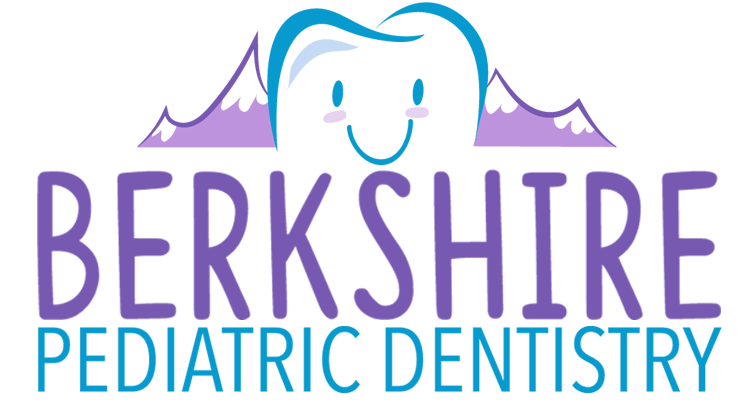Orthodontics

The American Association of Orthodontists recommends that every child see an orthodontist by age 7.
In some cases, an orthodontic concern may require an earlier orthodontic consultation. Around age 7, the first adult molars typically erupt, helping to define a patient’s back bite and allowing the orthodontist to more effectively evaluate the bite. Treatment at this age may not be necessary, but orthodontic monitoring can help anticipate the ideal timeline for the most effective treatment and also help to prevent more serious problems in the future.
Some results of effective early treatment:
- Reducing the need for tooth removal
- Creating space for crowded, erupting teeth
- Reducing the risk of injury to protruding front teeth
- Preserving needed space for permanent teeth
- Reducing future orthodontic treatment time
Phase I Treatment
Often, preparation of the teeth is necessary before braces can be considered. Phase I treatment usually takes places between the ages of 7-11 and can involve appliances that create space in the mouth and correct bite problems while growth is still occurring. This stage is generally completed early, while patients still have mixed dentition (baby teeth and adult teeth).
Phase II Treatment
Phase II typically occurs during adolescence because around ages 11-13 is when most patients have lost all of their deciduous (baby) teeth and their permanent teeth have, for the most part, come in. Because rapid growth occurs during adolescence, it is easier to treat orthodontic problems.
Oral Appliances
Oral Appliances can be an effective treatment component during all phases of orthodontic treatment. They may be used to prevent a problem from occurring, to correct a current problem or to help direct jawbone growth. Some examples of oral appliances include Palatal Expander Devices (PED), Habit Appliances, and Space Maintenance Appliances.
Oral appliances are worn for a period of time and your dentist will go over the options with you and provide specific instructions on oral appliances if part of your treatment.
Habit Appliance
A habit appliance is useful to help stop a thumb or finger habit and/or to help re-train an improper tongue position or swallowing pattern. It is sometimes necessary to place an appliance to minimize the harm and distortion the habits or tongue posture can have on teeth. Most habit appliances are banded for adhesion to the back molars and are not removable.
Space Maintenance
Space maintainers are used to keep teeth from drifting into an empty tooth space due to early loss of primary (baby) teeth. Baby teeth act as a guide for the eruption of the permanent teeth. A space maintainer is made of stainless steel and/or plastic. It can be removable or fixed to the teeth.
Palatal Expander Devices (PED)
Both removable and fixed PEDs can be used to address crowding and other issues by expanding the upper jaw to make more room to accommodate tooth and/or jaw alignment.
Distalizer / Molar Rotation
Molar adjustment can be accomplished prior to full orthodontic treatment through the use of a Distalizer. This treatment technique can effectively position molars for bracketing and significantly shorten the patient’s full orthodontic treatment time.
